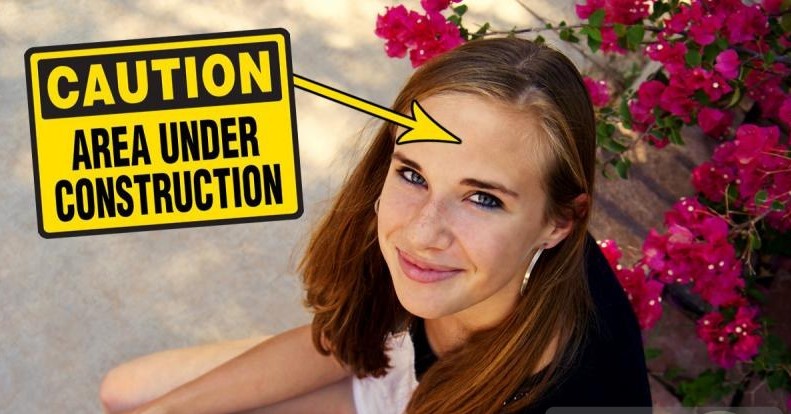By Richard Goodyear–Kawakawa head teacher
Last term one of the classes in Kawakawa produced a podcast episode called Fluorescent Adolescent about ‘tribes’ in adolescent society. It’s a great piece of work and if you’d like to hear it, please contact me or look out for it on the airwaves soon. In it, students speak freely about their identity and their lifestyle. It made me think about the idea of ‘student voice’. I think we often underestimate how much they know about themselves and really how different their world is to that of an adult. This has implications for us as teachers and parents.
As a child develops, they go through phases with particular characteristics. For the adolescent phase, communication is an area that can be tricky. Sometimes we have trouble hearing their voice. How often do you hear an adolescent openly and honestly sharing their hopes, dreams and concerns? For many adults, it can feel like the adolescent is living in a foreign land. That’s not a bad thing; in fact, it is part of the inevitable chrysalis stage they are in. They will develop into the magnificent butterfly one day. But someone in a foreign land speaks a different language. And the guidebook seems to be published by some mysterious outfit called Patience and Opportunity Enterprises!
So we need to be patient and create opportunities for chatting. The best way to do this in my view starts by recognizing that they are living a life of their own and that just like anyone we love, they need certain things from us.
Like so much of what we do for our young folk, we need to provide structure and freedom, both aspects in measures that probably go beyond what we currently understand as adults. It means setting very clear, predictable and solid parameters and then stepping back. It means being their coach, their guide, their mentor. It means being there beside them and at times being far away. –-–-–
Listening to teens is at the heart of what we do here in Kawakawa. It is the foundation of restorative practice but it shows up all over the place. We hold community meetings. We have changed our parent interviews to be more partnership-focused and we try to put the taiohi (adolescent) at the centre of those meetings. We have changed the structure of their home/pastoral (advisory) groups, so taiohi stay in the same group as they move through Kawakawa, rather than being shuffled around every term. This way we can build rapport in an advisory setting. We also meet with them in their year groups. We maintain an open atmosphere with the taiohi including just ‘hanging out’ at lunchtime around the class kitchen. We structure some of our subjects to allow time for chatting. Allyson is very good at this in micro-economy–it turns out making bath bombs together is a great way to get to know someone!
Ultimately through our approach we consciously and incidentally set up opportunities for them to be themselves, and then simply chat and ask questions.
